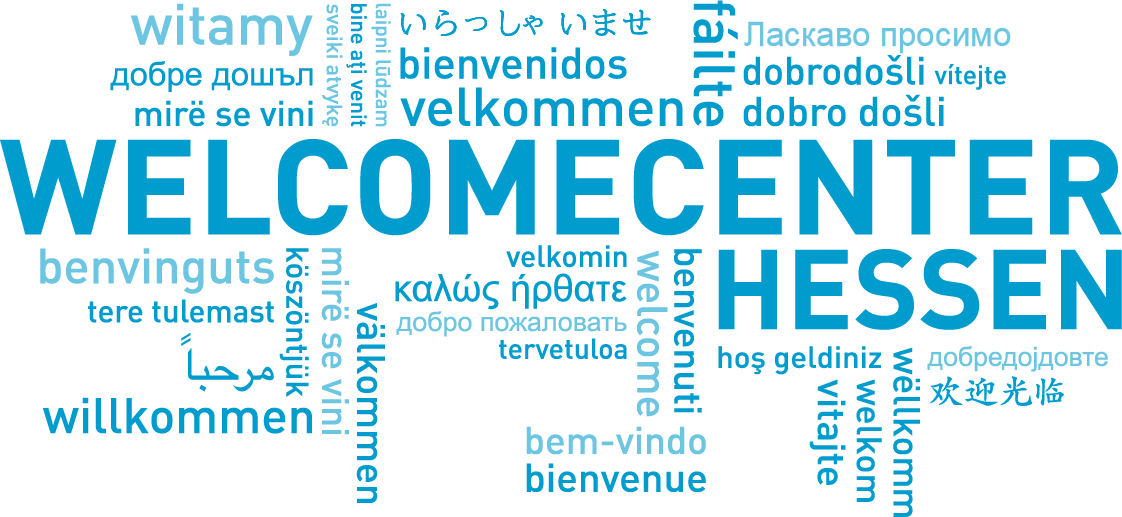How to make the perfect application
What makes the perfect application? What are the standard documents? Here you can find out more about cover letters, CVs and other documents.
CV
Most recruitment managers will firstly open your CV when looking through your application. If they’re not immediately convinced, they won’t even read any further. CVs have become considerably more job-specific over the years. As such, they don’t all have to be written in chronological order any more. Your skills and experience should immediately catch the eye. You should use your CV to convey the image you have of yourself. This should be as informative, friendly and interesting as possible for the recruiter. German CVs always end with the date and your signature.
Personal information
First name and surname, address, date and place of birth, and nationality or work permit information. German employers like to see a photo attached to CVs. However, you should only use professional photographs – no snapshots or holiday photos. You should put your photo in the top-right corner on the first page of your CV, or on a cover page at the front of your application.
School education
You can summarise the key stages of your school education. In Germany, you only have to mention your highest leaving certificate. If you’ve attended a well-known (boarding) school, you should mention this.
University studies
List the type and field of your studies, as well as the university at which you’ve studied. Have you specialised in an area of study or carried out research in a particular field? Was the topic of your final paper or dissertation related to your current application? Have you already graduated?
Vocational training
This includes details on the type of training, the training centre and the qualification obtained.
Work experience
Your work experience is a very important part of your application. You should put your job description and position. Put the correct company description and location. It’s especially important that you describe your area of responsibility if this went beyond the obvious responsibilities for such a job.
Further education
Have you completed any further or additional training that was useful for your professional development? If so, you should write down the type of qualification/course, the organiser and any course content.
Personal skills
This is where you can list the languages you speak. Are you particularly adept at using a piece of IT software? Are you involved in any social projects, and do these match the job for which you’re applying? If so, you should list these points in this section.
Employer references
References are very important in Germany. Once you’ve stopped working for a company, you should always ask for a reference. References and certificates should be attached to your application as clearly legible copies.
Application portfolio
In Germany, all application documents are put together and sent off in a special application portfolio or clip file. You can get application portfolios in large department stores, stationery shops and also supermarkets. When inserting your documents in the portfolio, make sure you put them in the following order: cover page (not essential), CV, followed by copies of references and certificates in reverse chronological order (the most recent first). You should include your letter of application separately outside the portfolio. You should then put everything in a large and sturdy envelope (do not fold).
Cover letters for advertised positions and spontaneous applications
In Germany, your cover letter is the most important part of your application documents, as it gives you the chance to convince the recruiter of your professional and personal qualities. You should always tailor your cover letter to the individual requirements of each job to give yourself the best chances of success and receive an invitation to a job interview. There are two types of application in Germany: On the one hand, you can apply for an advertised position. This type of application is easier, as job postings usually contain a list of requirements that you can refer to in your cover letter. On the other hand, you can send a spontaneous application to companies that interest you. Spontaneous applications are challenging to write, as you have to do so without job advertisements and such companies don’t appear to be looking for new professionals. Therefore, you should avoid writing a standard cover letter consisting mainly of empty phrases and then sending this aimlessly to a large number of companies. It’s more important to make clear reference to each respective company and to explain why you’re the right person for the job. You should try and keep your cover letter down to a page. Your cover letter should be arranged in paragraphs; these paragraphs should bind the content of your coherent sentences.
Your cover letter should include the following:
- Address with the name of your contact person
- Sender’s details with contact options
- Date
- Descriptive subject line (don’t forget applicant number if applicable)
- Salutation with name of specific contact person
- Cover letter text
- Signature
Use a computer for your application documents; print them out on DIN A4 paper and leave enough margin space. Avoid spelling/grammar mistakes and typos, and make sure your documents are clean without folds. Use one font and font size for all your application documents. Check whether the date and personal details match up in your letter of application and CV. You should make a copy of every application, so that you know what you’ve written in case you get a job interview.



